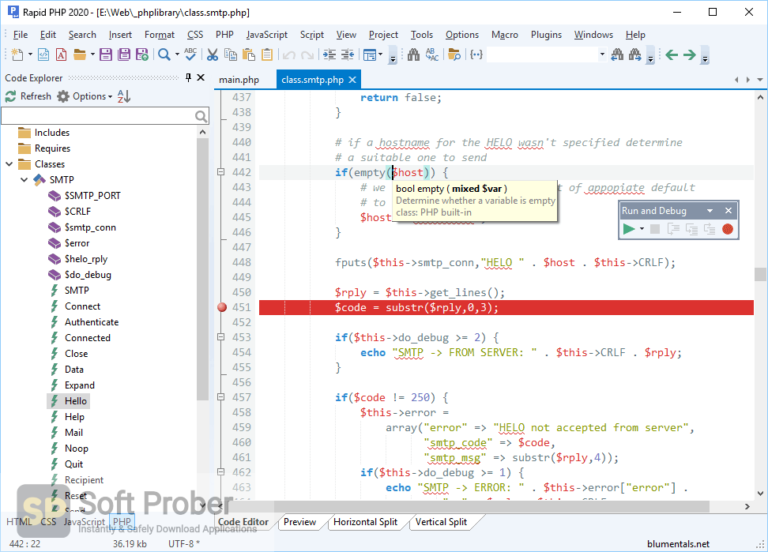

Within a health system, registries are often developed by integrating registry functionalities with existing EHR platforms (i.e., EHR-integrated registries) however, these registries are limited to the health system’s patient population and may be unable to capture longitudinal data from different provider settings. 3ĮHRs provide a unique opportunity for health systems to develop internal registries or contribute to external registries. EHRs also may assist in certain functions that a patient registry requires (e.g., data collection, data cleaning, data storage), and a registry may augment the value of the information collected in an EHR (e.g., comparative safety, effectiveness and value, population management, quality reporting). Despite these differences, EHRs capture a wealth of data that is relevant to patient registries. In contrast, EHRs are visit-centered and transactional. In summary, registries are patient-centered, purpose-driven, and designed to derive information on defined exposures and health outcome. According to the National Academies of Medicine, an EHR has multiple core functionalities, including the capture of health information, orders and results management, clinical decision support, health information exchange, electronic communication, patient support, administrative processes, and population health reporting.

EHRs contain different types of patient-level variables, such as demographics, diagnoses, problem lists, medications, vital signs, and laboratory data. c EHRs are used across clinical care and healthcare administration to capture a variety of medical information from individual patients over time, as well as to manage clinical workflows. A patient registry is defined as “an organized system that uses observational study methods to collect uniform data (clinical and other) to evaluate specified outcomes for a population defined by a particular disease, condition, or exposure and that serves one or more predetermined scientific, clinical, or policy purposes.” 1Īn EHR is an electronic system used and maintained by healthcare systems to collect and store patients’ medical information. Both EHRs and patient registries capture and use patient-level clinical information, but conceptually, they are designed for different purposes.

There is growing interest in using data captured in electronic health records (EHRs) for patient registries.


 0 kommentar(er)
0 kommentar(er)
